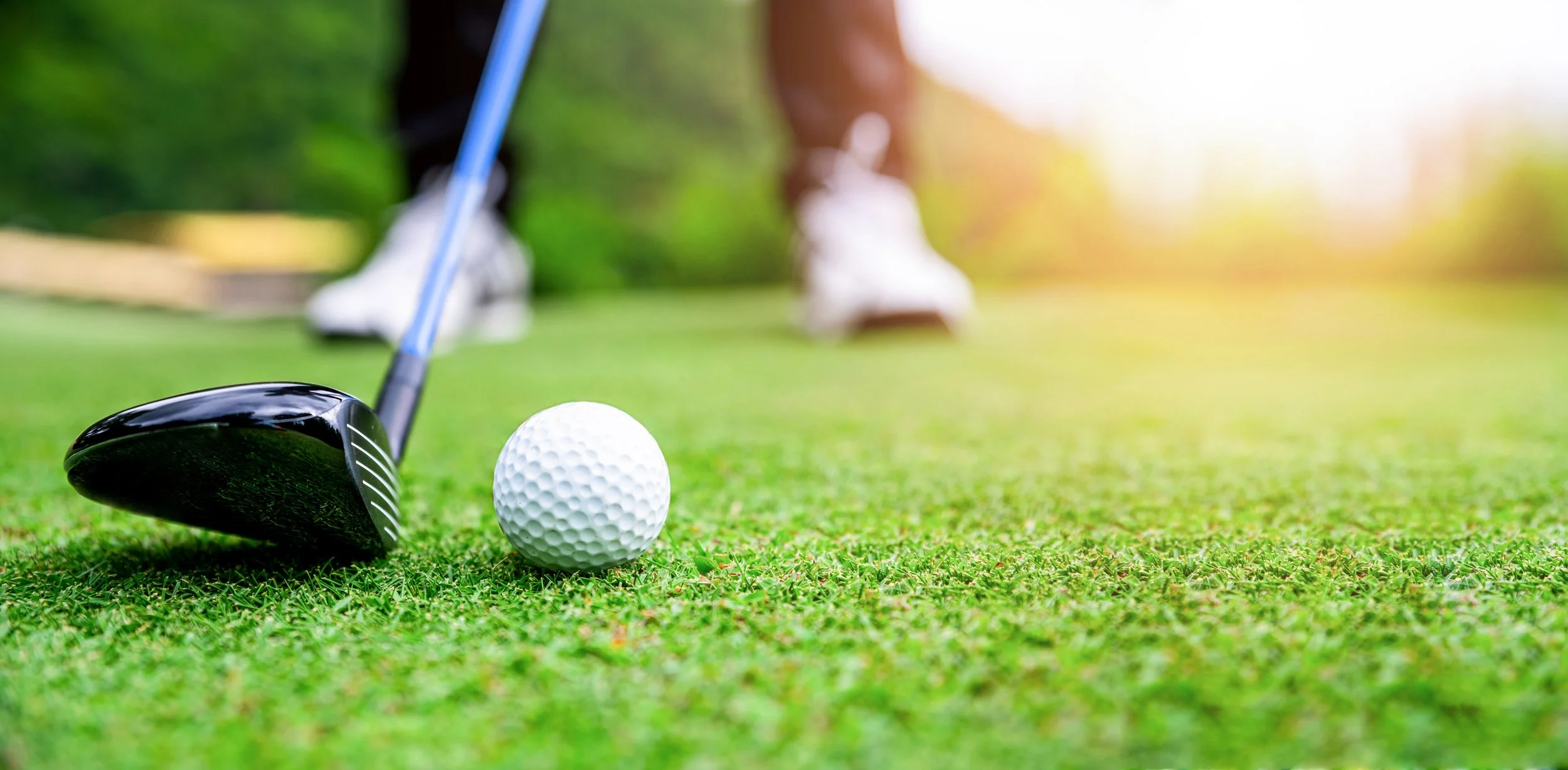Common Golf Injuries
With milder temperatures across the area and scenic tournaments on television most weekends, the itch to hit the golf course is one that must be scratched.
But while golf is a great form of outdoor exercise, it does present the opportunity for injury if you play too often — or haven’t played in a while. Sports chiropractic care can effectively prevent and address some of the most common golf-related injuries.
Golfer’s Elbow
Golfer’s Elbow is an overuse injury that results in inflammation to the inside of the elbow joint. It causes pain and stiffness in the elbow and wrist and is often accompanied by a tingling sensation in the fingers. Also known as tendonitis of the elbow, golfer’s elbow tends to be from an over-reliance of the forearm muscles, including those involved in the grip of the club and flex of the wrist. Overworking these muscles could be due to a technique issue or simply from playing too much. Just like with other muscles that you workout, the muscles of the forearm and wrist need time to repair and rebuild tissue after play.
Shoulder Injuries (Rotator Cuff Injuries)
Rapid, repeated movements involved in swinging a golf club mean the rotator cuff can see some wear and tear over time. A loss of integrity in these structures can eventually lead to shoulder impingement. Both of these cause pain, weakness and loss of motion in the shoulder that can become worse with overhead motions. Fortunately, these are common but treatable injuries.
Lower Back Pain
Perhaps the most common golf-related injury is pain and damage to the lower back. Swinging a golf club can be likened to wringing out a wet towel. It involves sheared force under torque, a rotational stress that can result in strains, sprains and even disc herniation that leads to sciatica, spasms or other low back problems. Injuries of this nature can be from a spinal misalignment and/or lack of core strength.
Unfortunately, the older a player is, the more likely to suffer from sports-related injuries due to natural wear and tear of the joints, but there are ways to help prevent and manage associated pain.
Practice - but not too much! Keep your body conditioned for the game with regular play but don’t overwork joints, tendons and muscles. Warm up before play, and give the body time to recover afterward.
Have your technique analyzed. Biomechanical issues such as improper weight distribution, muscle imbalances and lack of range of motion can increase the likelihood of injury and compromise form. Technique analysis should be done at different stages of life to address changing body compositions and mobility.
Physical therapy for strengthening and stretching low-performing areas.
Maintain a healthy body composition. Playing golf with an extended belly affects your balance and challenges the biomechanics required to function optimally during play.
Work on core strength and flexibility (front and back) by practicing planks, dead bugs, Russian twists and bird dog exercises.
If you do happen to experience pain or injury while golfing, it is best not to “play through it.” Take some time off in favor of light restorative movements along, with moist heat and ice to the area. A TENS unit (Transcutaneous Electrical Nerve Stimulation) can also be helpful in stimulating nerves and blocking pain.
If home remedies don’t do the trick, sports chiropractic care utilizes a
variety of sports chiropractic modalities, including spinal and limb adjustments, myofascial massage, myoacoustic compression therapy, dry needling and physical therapy, among others, to prevent and rehabilitate golf injuries, as well as those from many other sports.
Ignoring your body’s pain signals could result in a more severe condition later on. At DTX Sports Medicine, we work with golfers of all levels to keep them in the game and pain free. Schedule an appointment today.

